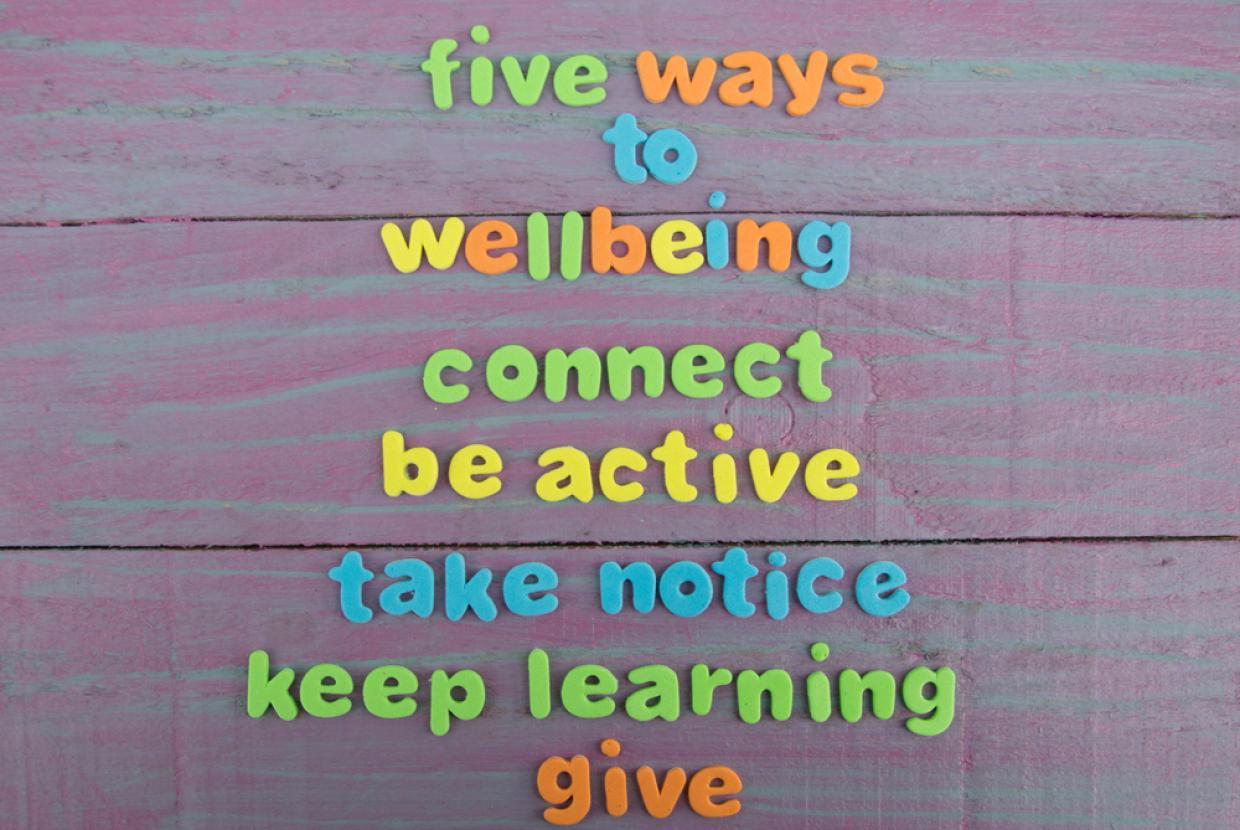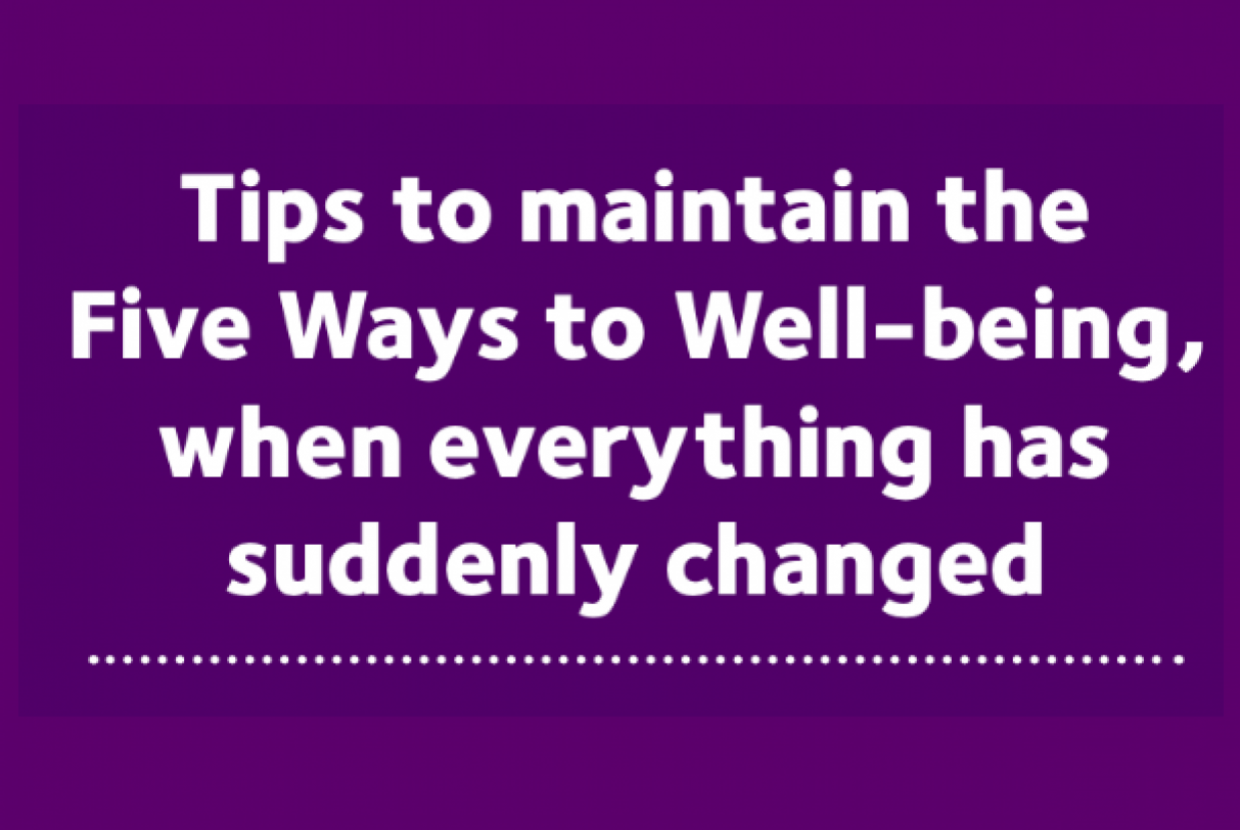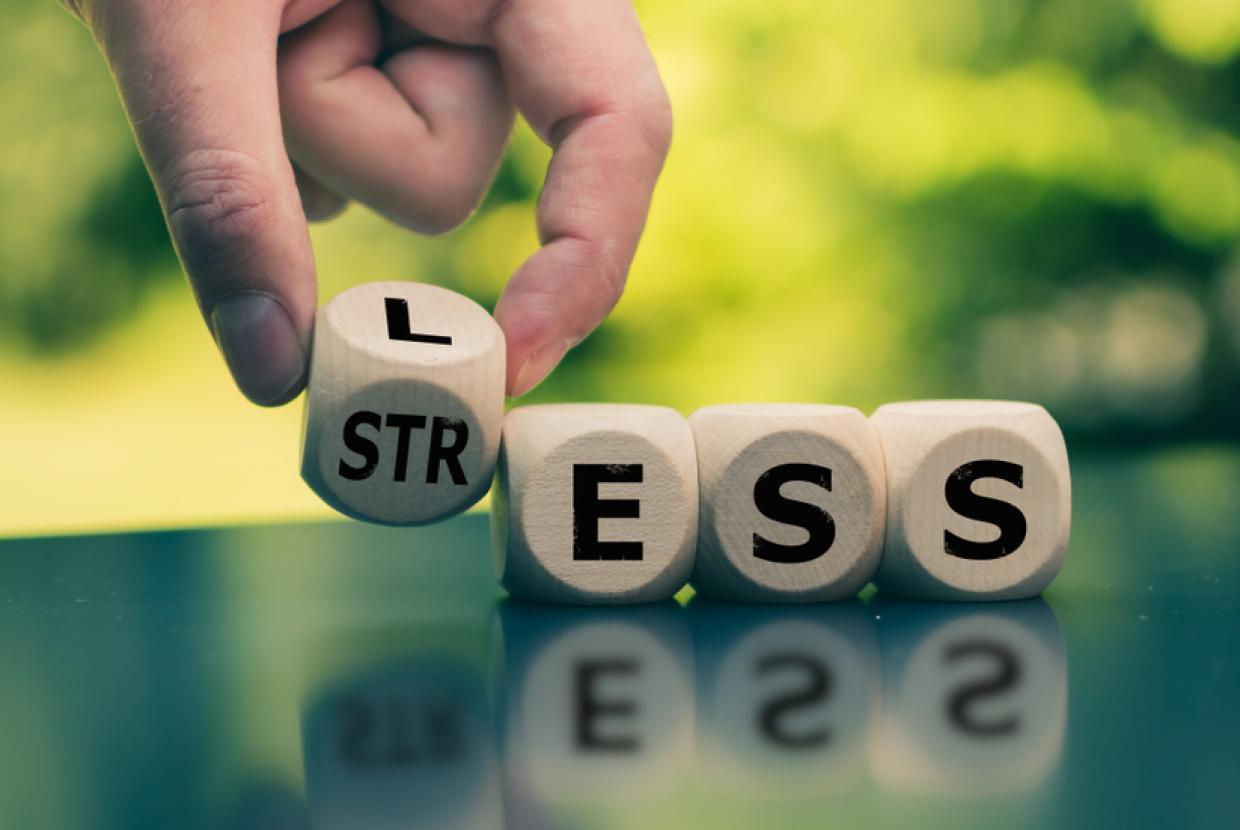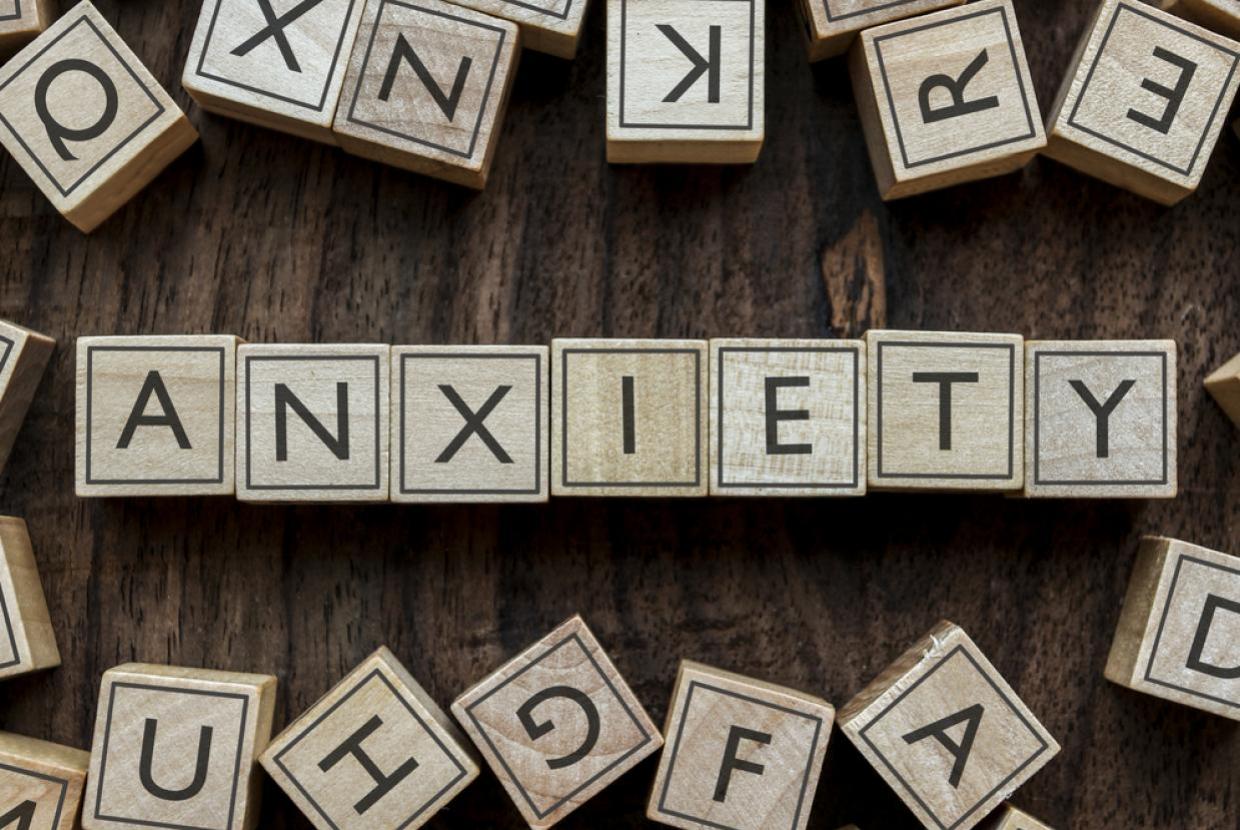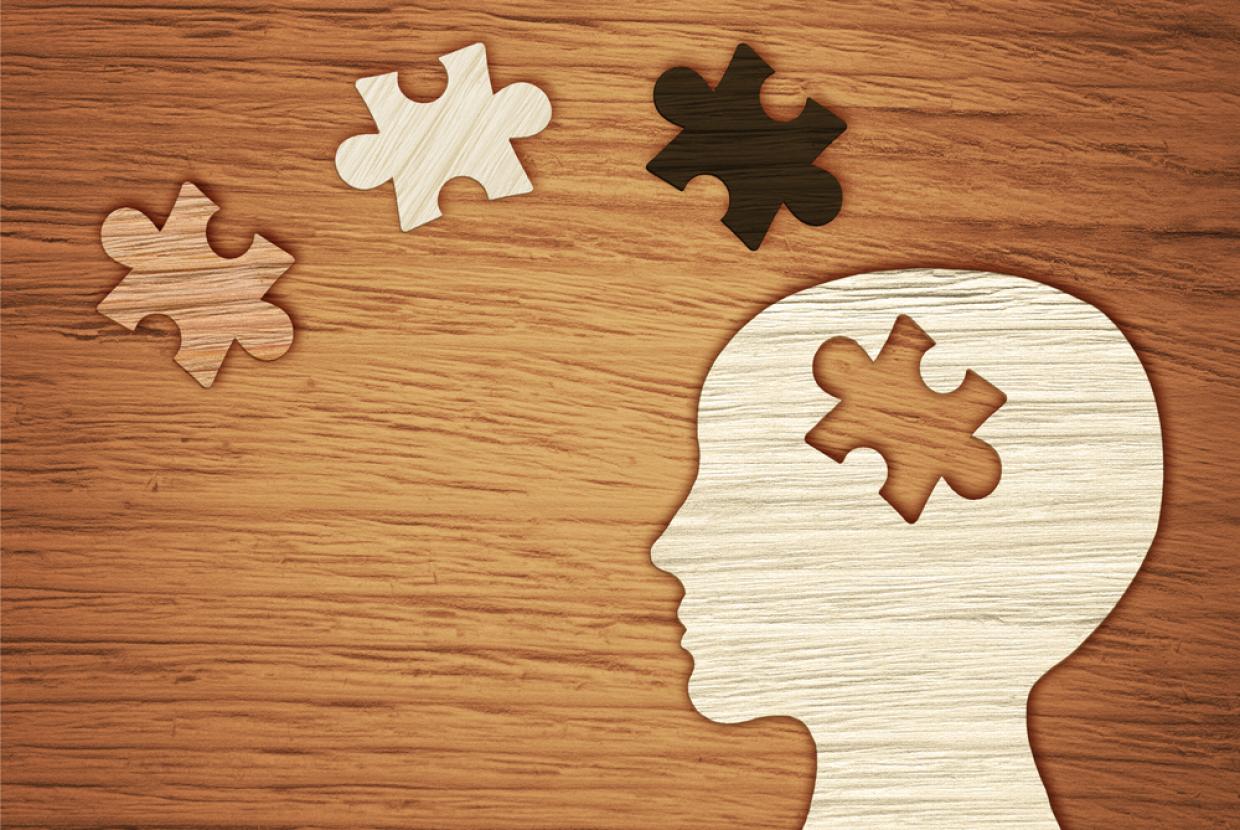Maintaining a Healthy Mindset When Faced with Challenges
COVID-19 and Mental Health“Whether you think you can or think you can’t….you’re right’” Henry Ford
We are in uncharted waters – we have never experienced anything like the COVID19 and the impact it is having globally. There are no boundaries as this invisible virus has travelled to over 200 countries since the first diagnosis last year,, with over 10 million confirmed cases.
The virus poses an obvious, immediate threat to our physical wellbeing and has influenced our freedom of movement, socializing and ability to work. However, its emotional impact is hidden with uncertainty, insecurity, vulnerability and isolation, affecting our mental health.
Making sense of how you feel and why is the first step in managing your mental health and developing a resilient and positive mindset to cope with the challenges ahead. A model developed in the 1960s by Elisabeth Kubler-Ross, The Change Curve, has been widely utilised as a method of helping us understand our reactions to significant change. It reflects the emotions and behaviours that are being witnessed in our response to COVID19.
The Change Curve model, developed by Elisabeth Kubler-Ross, outlines our emotional responses to significant change in a journey of 3 stages:
Stage 1 – Shock and Denial
Shock is the first reaction to change– it puts you on high alert, heightening your senses as you search to make sense of the situation. The initial shock is often due to fear of the unknown. You desperately search for information on what is happening, why it’s happening, how it will affect you, what your choices are, so you can start to process the enormity of the situation. There are so many unknowns that you can become overwhelmed and paralysed by the impact on your family, friends, health, and financial security.
After the initial shock has passed denial is experienced, characterised by a focus on the past and urge to return to the previous status quo. It feels like a surreal event as you attempt to process the enormity of the challenges. To overcome the denial phase, you seek information from any source; your employer, peers and support groups who may not have the solutions.
Stage 2 Anger and Depression
After shock and denial, anger is the next stage. All that you have worked towards is slipping through your fingers. Finding a scapegoat allows a continuation of the denial – it provides an alternate focus, away from your fears and anxieties. But COVID 19 does not give us that opportunity, it is an invisible threat that has arrived in our lives.
During this second stage morale is low and anxiety levels start to peak; you are at the bottom of the curve. The financial impact, change in lifestyle, loss of self-worth becomes a reality. It can be hard to express your feelings and depression sets in as you acknowledge what you have lost. There is that sense of being out of control which compounds your feelings of despair. We all cope in different ways as our usual anchors in life are taken away from us; there is no right or wrong way here. Your reactions are a normal emotional response to the magnitude of change you are experiencing.
Stage 3 Acceptance and Integration
The final phase is acceptance and integration as over time, after anger, depression and anxiety, a more optimistic and positive mood begins to emerge.
At this stage you stop focusing on what you have lost and accept that change is inevitable. There is an appreciation that life is going to be different and you begin to work with the changes, rather than against them, and learn to adapt. This is where a newfound optimism of hope and acceptance emerges as you have had a chance to reflect, and find ways of improving your resilience. It is important to recognise you have choices, there is always more than one option. Recognising and accepting this gives clarity and creates optimism. You focus on new opportunities with a sense of relief that you are finally coming through and can look to the future knowing real progress can be made.
As individuals we all react differently to change and not all of us will experience every phase. Some people may spend a lot of time in Stages 1 and 2, whilst others, who are more accustomed to change, may move swiftly into Stage 3.
For those more prone to anxiety and depression the challenge is to make sure you don’t “get stuck” in either Stage 1 or Stage 2. These are the phases where you can become overwhelmed by the enormity of the events.
The challenge is how do you shift your mindset from anxious to logical and move through the change curve stepping up to the challenges ahead?
Here are some countermeasures to work through and enable you to change your mindset and build your resilience:
Develop your self-awareness
Understanding yourself and your emotions is the first step in regaining control and overcoming your stress and anxiety. You will be more able to develop your resilience and overcome your challenges, rather than be defined by them.
It is important to set time aside and reflect on how you are feeling. There are numerous symptoms of stress and anxiety including:
- Psychological signs such as irritability, low self-esteem, poor memory, over analysing and poor concentration
- Physical signs including poor sleeping pattern, muscle tension, fatigue, change in weight, headaches, skin irritation, increased blood pressure.
- Behavioural changes include to erratic behaviour, over working, being louder than normal, difficulty getting things done.
Are you showing any signs of stress and anxiety?
What changes have you noticed in yourself? How does it develop?
When you recognise your symptoms of stress it is important to consider your stress triggers and mitigate them. Often it can be the small things that tip the balance – you can be dealing with major changes in your life but a misplaced comment can cause a powerful counter reaction.
How can you anticipate and manage those stress triggers, so they don’t increase your anxiety?
Once you are aware of your symptoms and stress triggers you can create a tool kit of coping strategies to stop them from escalating. It could be exercise, using health and wellbeing apps or switching off to your favourite music which helps to create your calmness. We are all unique and will turn to different strategies to enable us to manage our anxiety.
Regain control
Feeling out of control enhances stress and anxiety. By taking steps to regain control, you will start to feel empowered and more positive.
- Control those things which are within your circle of influence.
- Prioritise what you would like to achieve.
- Structure each day with a sense of purpose.
- Create a weekly routine
- Build in actions that deliver or contribute to your goals.
- Reduce time spent focussing on uncertainties out of your control. Do not let them be constantly in your thoughts.
- Put your anxieties in a metaphorical drawer and set a limited time aside each day to consider them. Be careful to close the draw again afterwards and focus on what you have achieved and your next step forward.
Set Goals
Goals give you focus; they motivate and create a clear sense of direction. Most importantly they empower you. The key aim is to work towards a goal that creates a feeling of accomplishment and gives you a sense of purpose.
- Prioritise and write down your goals to give you clarity and commitment.
- Make your goal really come to life. Visualize it and anchor it by immersing yourself in your feelings of success.
- How will you know when you have achieved it? Put yourself in that moment and imagine how you feel.
- Write down an action plan to achieve each goal.
- Imagine how good you will feel when you achieve your goal that you have emotionally invested in and earmarked as important to you.
Manage Your Mindset
Your mindset is fundamental to how you manage your challenges. Those with a negative, ‘pint pot half empty’ mindset will have a very different experience to those with a positive, resilient mindset. Your thoughts directly influence how you are feeling and how you behave, which creates your reality. Once you draw a conclusion about yourself, you are likely to look for evidence that reinforces your belief and discount anything that is contrary to it. If you think you are going to be successful you will feel like a success. Then, you will behave like you are successful in the way you think, hold yourself and communicate, which reinforces your belief that you are a success. Of course, the converse is true and you need to guard against reinforcing self-limiting beliefs such as ’I’m never going to get another job’.
The first step in influencing your mindset is changing your focus. When you are immersed in negativity, such as redundancy, your mind will default to picking up on everything negative around you, filtering out all the positives. To shift your focus away from this you need to consciously and deliberately identify positives in your life and acknowledge them to yourself. A great way of developing a positive focus is to identify goals for yourself to achieve, this gives you a sense of purpose. Deflect your thoughts away from your personal challenges and focus on helping others who are struggling with their situation.
The second step is changing the language you use to yourself; your inner voice. You could say you were only talking to yourself and I would ask who is ‘I’ and who is ‘myself’? Your inner voice can doubt your ability and reinforce your lack of confidence creating anxiety. If you had a friend who spoke to you like your inner voice, you would have dropped them a long time ago.
Whilst you cannot eliminate your inner voice, you can take control and manage it. Talk to yourself with compassion, be kind to yourself, use positive language to tell yourself you can do this and you are going to find a way through.
The final step is to manage your physiology to put your body in a calm state. When we are stressed and anxious we develop symptoms such as muscle tension, headaches, increased breathing rate. It’s a powerful physiological response to your stress. It is well recognised that deep breathing increases the supply of oxygen to your brain and stimulates the parasympathetic nervous system, which promotes a state of calmness. Breathing techniques help you feel connected to your body—it changes your focus away from your negative thoughts and calms your mind. Exercise is also effective as it changes your breathing rate, shifts your focus and creates endorphins and a sense of achievement. Mindfulness, meditation, relaxation and yoga calms your mind and gives your mind a rest from the anxiety.
Create Connections
The support networks that you have created with friends, colleagues and family are hugely beneficial. These are invaluable connections creating shared experiences during the enormity of the crisis you are experiencing. To have a forum where you can be heard, listened to and acknowledged and provide support to others creates a sense of stronger together.
These are unprecedented times and whilst the enormity of the situation can be overwhelming, by taking small steps you can start to regain some control. Developing your self-awareness by reflecting where you are on The Change Curve and acknowledging how you are feeling, will enable you to identify coping strategies to maintain your mental health. Using a systematic approach to creating goals for yourself, adding structure and routine to your day, will give you a sense of purpose and direction. Managing your mindset through your focus, language and physiology to create resilience and positivity will enable you to think logically and with clarity so the road ahead to your future becomes clear.









